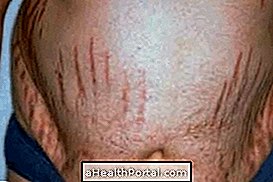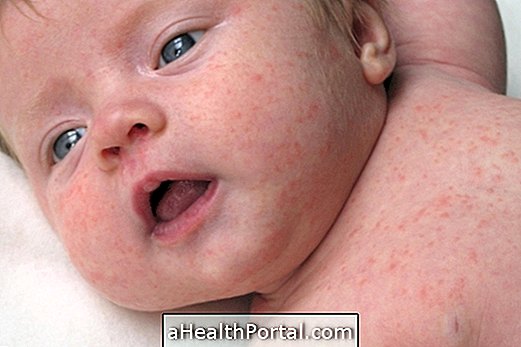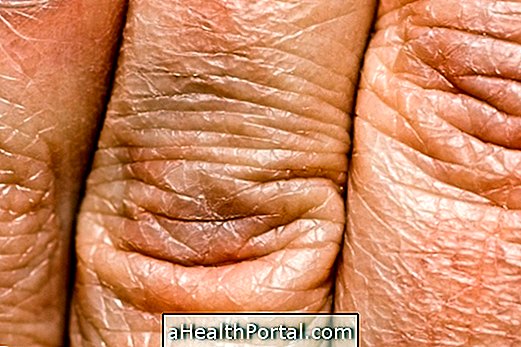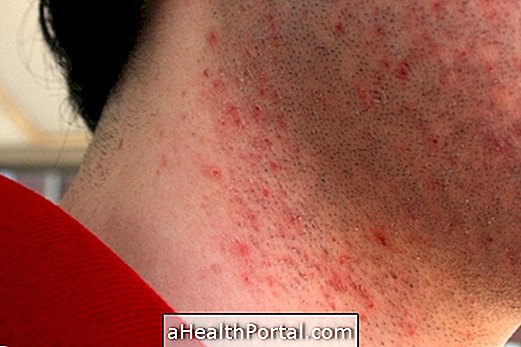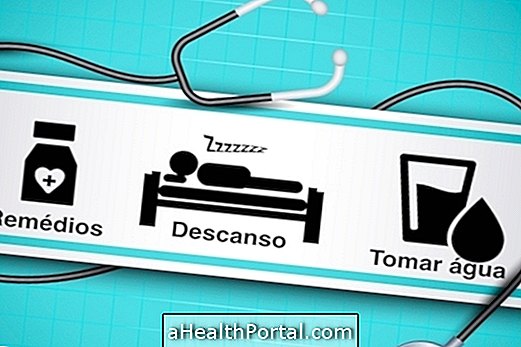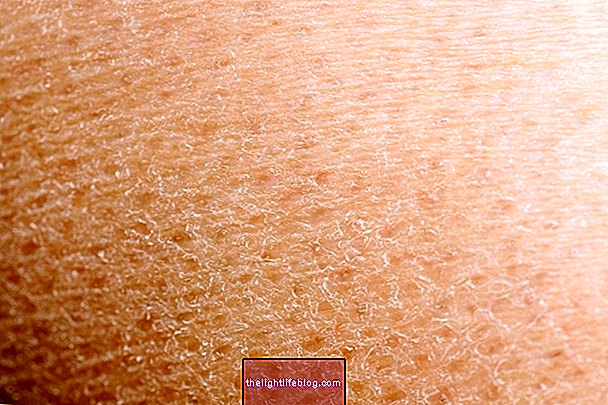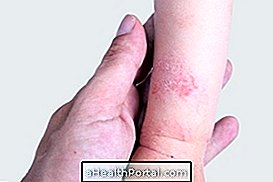The symptoms of neurofibromatosis, which is characterized by the formation of small tumors called neurofibromas due to genetic mutations, vary according to the type of the disease and its severity.
In this way, the main symptom of neurofibromatosis type 1 is the abnormal growth of soft and fleshy tumors in the skin called neurofibromas. Other symptoms of neurofibromatosis type 1 include:
- Brown and smooth spots on the skin;
- Eyelids in the groin and armpits;
- Lesions in the eye that do not affect vision, called Lisch's nodules;
- Bone deformities such as scoliosis;
- Difficulties in learning;
- Increased head size and short stature.
In type 1 neurofibromatosis, tumors affect the nerves of the whole body, causing a deformed appearance in the individual and neurological, renal and cardiac problems. The number of tumors varies, but hundreds of them can develop, especially in adolescence. This disease can also cause different colors in each eye, a change called heterochromia.
Images of neurofibromatosis
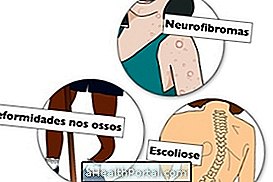

Symptoms of neurofibromatosis type 2
Symptoms of neurofibromatosis type 2 result from the growth of auditory nerve tumors that cause hearing loss and balance, ringing in the ear and severe headache, although they may also have small tumors on the skin, such as neurofibromatosis type 1.
Treatment of neurofibromatosis
Treatment for neurofibromatosis can be done with surgery to remove tumors and decrease patient discomfort or with radiotherapy to decrease the size of tumors. However, radiotherapy is not always indicated, depending on the course of the disease.
Learn more about Treatment for neurofibromatosis.


